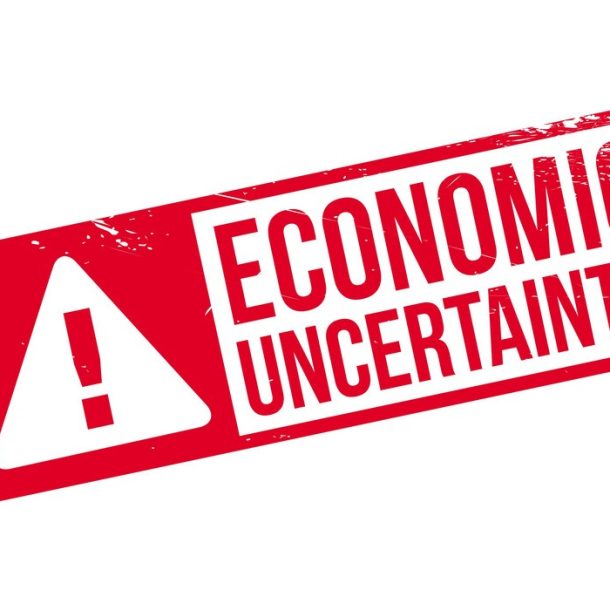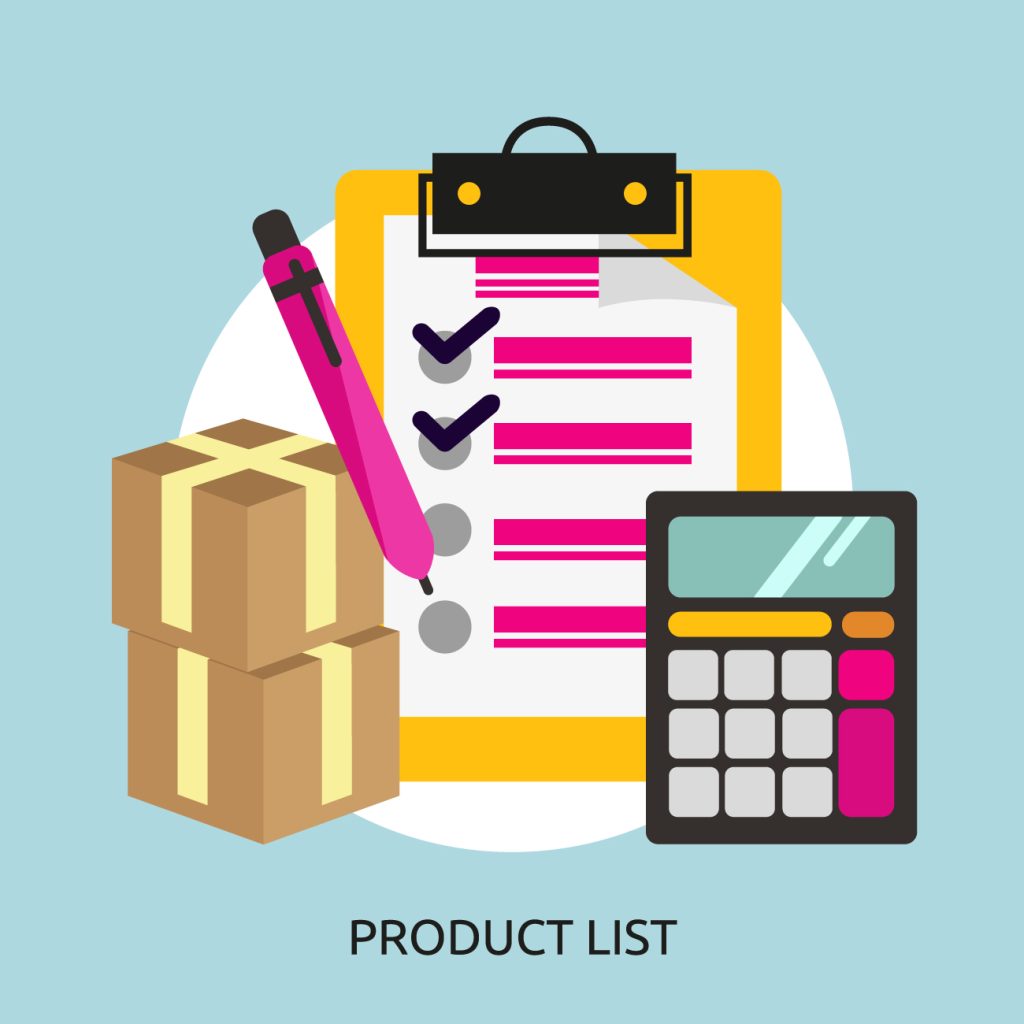
Effective Inventory Forecasting for Multichannel Sellers
In the fast-paced world of eCommerce, effective inventory forecasting is the backbone of a successful multichannel strategy. Whether selling on Amazon, Shopify, or other platforms, sellers need a precise approach to balance supply and demand. Overstocking leads to unnecessary storage costs, while stockouts can mean lost sales and customer dissatisfaction. This guide outlines essential strategies and tools to optimize inventory forecasting across multiple sales channels.

The Importance of Accurate Inventory Forecasting
Multichannel sellers face unique challenges in managing inventory efficiently. Unlike single-channel sellers, they must consider:
Varied demand patterns across platforms
Different fulfillment requirements (FBA, FBM, or third-party logistics)
Inventory syncing across multiple warehouses
Seasonal fluctuations and promotional events
Accurate forecasting helps sellers mitigate these challenges by ensuring they always have the right products in stock while minimizing excess inventory.
Key Strategies for Effective Inventory Forecasting
1. Use Data-Driven Forecasting Models
Modern eCommerce businesses should leverage predictive analytics to anticipate demand. Machine learning algorithms analyze historical sales data, trends, and seasonal shifts to provide more accurate predictions. Platforms like Amazon’s Inventory Performance Dashboard offer sellers a data-driven approach to managing stock levels efficiently.
2. Factor in Lead Times and Supplier Reliability
Supply chain disruptions can significantly impact inventory flow. Sellers should:
Maintain strong relationships with suppliers
Track historical lead times to adjust replenishment schedules
Keep buffer stock for high-demand or slow-shipping items
Using Just-in-Time (JIT) inventory can minimize holding costs, but it requires highly accurate forecasting.

3. Optimize Inventory for Different Channels
Each sales channel operates differently:
Amazon FBA has strict restock limits and storage fees, requiring careful planning.
Shopify sellers have more flexibility but need to integrate tools like Shopify’s inventory tracker.
Walmart Marketplace emphasizes fast fulfillment, making it crucial to sync inventory with tools like Walmart Fulfillment Services (WFS).
4. Leverage Inventory Management Software
Manual tracking is inefficient at scale. Integrating software such as:
Skubana (for automation and analytics)
Cin7 (for real-time inventory tracking)
TradeGecko (for QuickBooks integration)
These tools help unify inventory data across platforms, reducing discrepancies and preventing stockouts.
5. Plan for Seasonal and Promotional Fluctuations
Sales patterns fluctuate based on:
Holiday seasons (Black Friday, Cyber Monday, Christmas, etc.)
Prime Day and other Amazon events
Flash sales and promotional campaigns
To prepare, sellers should analyze past sales trends and use Google Trends to predict future demand spikes.

6. Implement a Safety Stock Strategy
Unexpected demand surges or supplier delays can cause stockouts. Implementing a safety stock strategy ensures business continuity. A common formula for safety stock calculation is:
This buffer stock strategy is particularly useful for sellers managing high-velocity SKUs across multiple platforms.
The Role of AI in Modern Inventory Forecasting
Artificial intelligence is revolutionizing inventory management. AI-powered systems analyze:
Real-time customer demand patterns
Supplier performance metrics
Competitor pricing and stock availability
For instance, Amazon’s Demand Forecasting AI predicts demand at scale, helping sellers optimize restocking decisions.

Final Thoughts: Stay Agile and Continuously Improve
The best inventory forecasting strategies are adaptive. Sellers should:
Regularly review and adjust forecasts based on new data
Test different replenishment models
Integrate AI-powered tools to refine accuracy
By implementing these strategies, multichannel sellers can maximize profits, reduce stockouts, and enhance customer satisfaction. Leveraging advanced inventory forecasting tools and methodologies ensures a competitive edge in today’s dynamic eCommerce landscape.
Ready to Scale Your Business?
If you’re looking for hands-on support in optimizing your inventory strategy, consider working with an experienced Amazon account management expert to fine-tune your forecasting and fulfillment approach.














